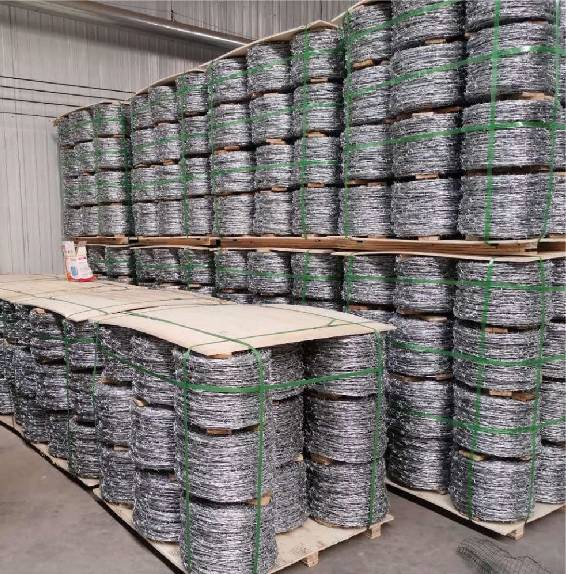Different Varieties of Roofing Nails and Their Applications
Types of Roofing Nails A Comprehensive Guide
When it comes to roofing, the choice of nails is just as critical as the roofing materials themselves. Using the right type of roofing nail can significantly impact the durability and longevity of a roof. Roofing nails come in various types, each designed for specific applications and environments. Understanding these different types can help homeowners and contractors make informed choices for their roofing projects.
1. Roofing Nails Basics
Roofing nails are typically characterized by a longer shaft and a wider, flat head designed to hold roofing materials securely in place. These nails are used for a variety of roofing materials, including asphalt shingles, wood shakes, and metal sheets. The length and gauge of roofing nails can vary, making it essential to match the nail specifications to the roofing material being used.
2. Common Types of Roofing Nails
- Asphalt Shingle Nails These are the most commonly used roofing nails, specifically designed for asphalt shingles. They often feature a galvanized coating to prevent rust and corrosion, ensuring a long-lasting hold. The length usually ranges from 1 to 1.5 inches, with a larger head to provide better coverage and support.
- Metal Roofing Nails These nails are engineered for use with metal roofing panels. They typically have a rubber washer that creates a watertight seal when driven into the metal. Metal roofing nails are available in various lengths and are often made from stainless steel or galvanized materials to prevent rusting.
- Wooden Shingle Nails Designed for wooden roofing products, these nails are wider and usually made of stainless steel or copper. The larger diameter prevents them from pulling through the wood. The lengths can also vary, often ranging from 1.5 to 2.5 inches, depending on the thickness of the wooden shingles.
types of roofing nails

- Plastic Cap Nails These nails are unique in that they come with a plastic cap, which helps to distribute the load over a larger surface area. They are particularly useful for securing roofing underlayment or for use with synthetic roofing materials. The caps are often used to prevent tearing and corrosion.
3. Specialty Nails
Some roofing projects may require specialty nails for enhanced performance. For instance, if you are working in areas prone to high winds, using spiral or ring-shank nails may be beneficial. These nails have ridges along the shaft that provide additional grip, reducing the likelihood of the nails pulling out over time.
4. Material Considerations
The material of the roofing nails plays a critical role in their performance. Galvanized steel is commonly used for standard roofing nails, providing some corrosion resistance. However, in coastal or humid environments, stainless steel or copper nails may be preferable due to their superior rust resistance.
5. Conclusion
Choosing the right type of roofing nail is essential for ensuring the integrity and longevity of a roofing system. By understanding the different types available—such as asphalt shingle nails, metal roofing nails, wooden shingle nails, and specialty options—homeowners and contractors can make informed decisions based on their specific needs. Proper installation using the right nails not only enhances the performance of the roof but also protects the home from water damage and structural issues. Always consult with roofing professionals to ensure you select the best nails for your particular roofing project.
-
Successful Participation at the 137th Canton Fair in April 2025NewsApr.20,2025
-
Successful Participation at the 2025 NAHB International Builders' Show (IBS) in Las VegasNewsFeb.28,2025
-
Successful Participation at the 2025 Philippine World Building and Construction Exposition (WorldBex) in ManilaNewsMar.20,2024
-
Successful Participation at the 2024 Canton FairsNewsOct.20,2024
-
Successful Participation at the 2024 Canton FairNewsApr.20,2024
-
Successful Participation at the 2024 Philippine World Building and Construction Exposition in ManilaNewsMar.20,2024




